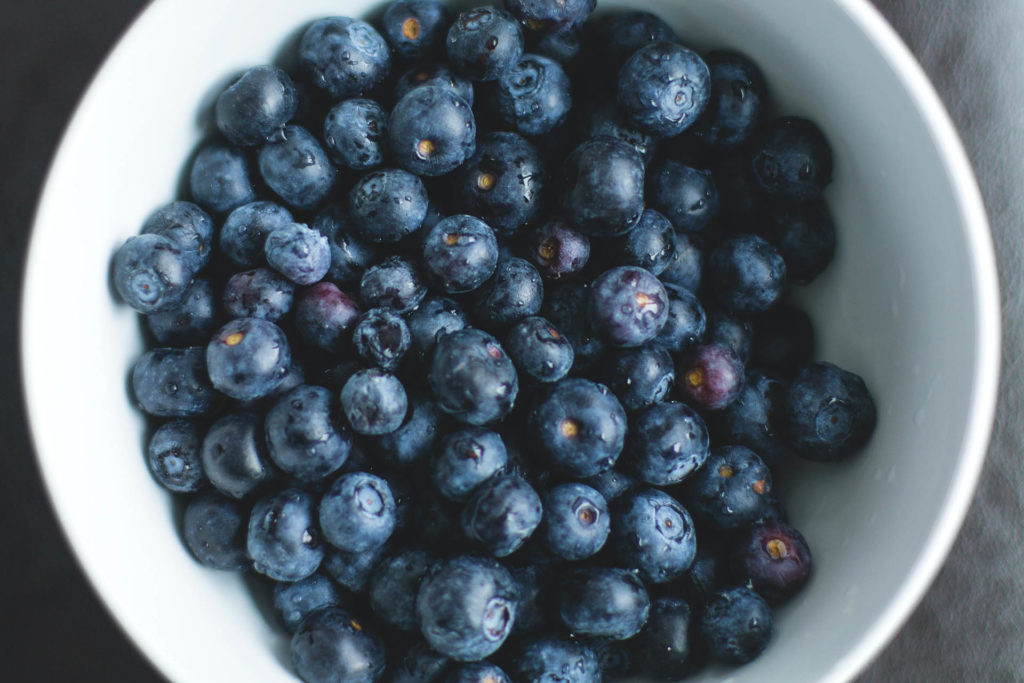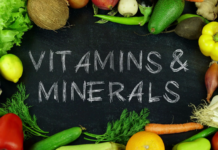Free Radicals are like driving a car pressing on the accelerator with the brake on, the lights on, your windows going up and down, your trunk flapping and the hood of the car going up and down.
Free Radicals: Also called oxidants, are unstable molecules that can attack the body’s cells. Damaging a cell membrane can alter essential cell functions, like bringing in nutrients, oxygen, and water, or expelling wastes. Eventually, free radical damage can kill the cell. Free radicals can be produced by trauma, injury, sunlight, pollution, exposure to toxins, alcohol and cigarette consumption, foods cooked at high heat, artificial additives, and some other forms of foods. They are also a byproduct of many of the body’s natural processes.
Eating right…You won’t want as much and you won’t want the same, but you’ll still want and you’ll get what you want which is the key to staying satisfied.

Generally, free radicals attack the nearest stable molecule; “stealing” its electron (the process is called “oxidation”). When the “attacked” molecule loses its electron, it becomes a free radical itself, beginning a chain reaction. Once the process is started, it can cascade, finally resulting in the disruption of a living cell.
Of particular importance is that free radical damage accumulates with age.
Some free radicals arise normally during metabolism. Sometimes the body’s immune system’s cells purposefully create them to neutralize viruses and bacteria. However, environmental factors such as pollution, radiation, cigarette smoke and herbicides can also spawn free radicals.
Normally, a healthy, well-nutritioned body can handle free radicals produced normally by its own metabolism. However, if one does not consume enough food that naturally carry antioxidants, or if the free-radical production from all sources mentioned above becomes excessive, damage will occur. Of particular importance is that free radical damage accumulates with age.
The vitamins C and E are thought to protect the body against the destructive effects of free radicals. Antioxidants neutralize free radicals by donating one of their own electrons, ending the electron-“stealing” reaction. The antioxidant nutrients themselves don’t become free radicals by donating an electron because they are stable in either form. Antioxidants act as scavengers, helping to prevent cell and tissue damage that could lead to cellular damage and disease.

No one should ever consume any substances that have been exposed to chlorine or chlorine bleach, nor use paper products that have been bleached.
White, refined sugar is also bleached with Chlorine Bleach, a substance that many people are sensitive to (noting that Chlorine is a poison). Chlorine, when it combines with organic compounds, can convert to Dioxins, a family of lethal chemicals. The body does not know how to handle Dioxins, so stores them in fat, slowly accumulating over time and can reach toxic levels after years. (The estimated elimination half-life for chlorinated dioxins in humans ranges from 4.9 to 13.1 years.) No one should ever consume any substances that have been exposed to chlorine or chlorine bleach, nor use paper products that have been bleached.
Vitamin E : The most abundant fat-soluble antioxidant in the body, is one of the most efficient chain-breaking antioxidants available. Primary defender against oxidation. Primary defender against lipid peroxidation (creation of unstable molecules containing more oxygen than is usual).
You must educate yourself on proper usage and realistic expectations.
Fat Soluble Vitamins: Vitamins that dissolve in dietary and body fat (A, D, E, and K). They are metabolized and stored by the body in the same fashion as fats. Because excess fat-soluble vitamins may be stored in the body, several weeks’ supply may be consumed in a single dose or meal.
Water Soluble Vitamins: Vitamins that dissolve in water (C and B-complex). They are easily absorbed and released by body tissues. The body cannot store water-soluble vitamins, so a daily supply is needed. Vitamin B-12 is the exception. If enough B-12 has been consumed, the body can store adequate amounts for several months.
The antioxidants are believed to help protect the body from free-radical damage. But before you go out and stock your pantry with mega-doses of these vitamins, be warned: more is not always better, thus more can hurt you.
Vitamin C: The most abundant water-soluble antioxidant in the body, it acts primarily in cellular fluid and is essential for energy production in every cell in the body. It is of particular note in combating free-radical formation caused by pollution and cigarette smoke. Also helps return vitamin E to its active form. The antioxidants are believed to help protect the body from free-radical damage. But before you go out and stock your pantry with mega-doses of these vitamins, be warned: more is not always better. The long-term effect of large doses of these nutrients has not been proven. Other chemicals and substances found in natural sources of antioxidants may also be responsible for the beneficial effects. So for now, the best way to ensure adequate intake of the antioxidant nutrients is through a balanced diet consisting of 5-8 servings of fruits and vegetables per day.
©Copyright – Hector Sectzer

















